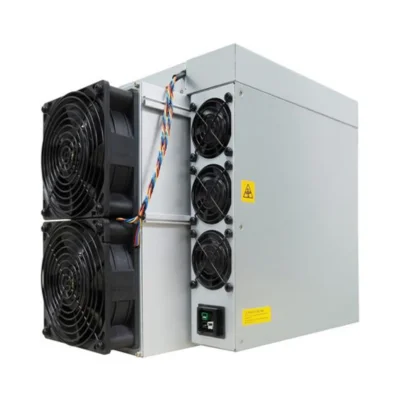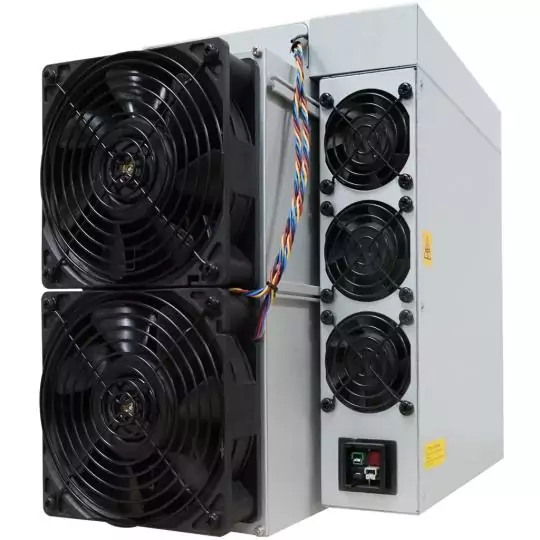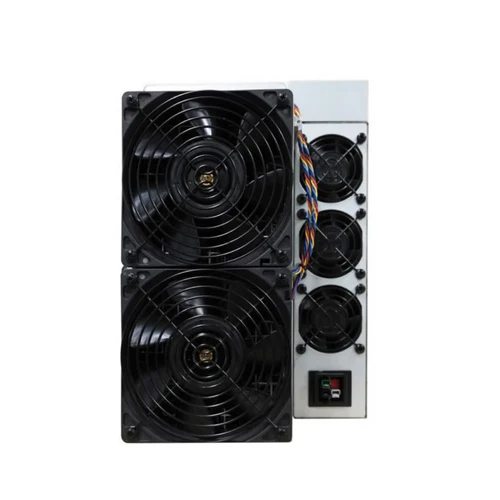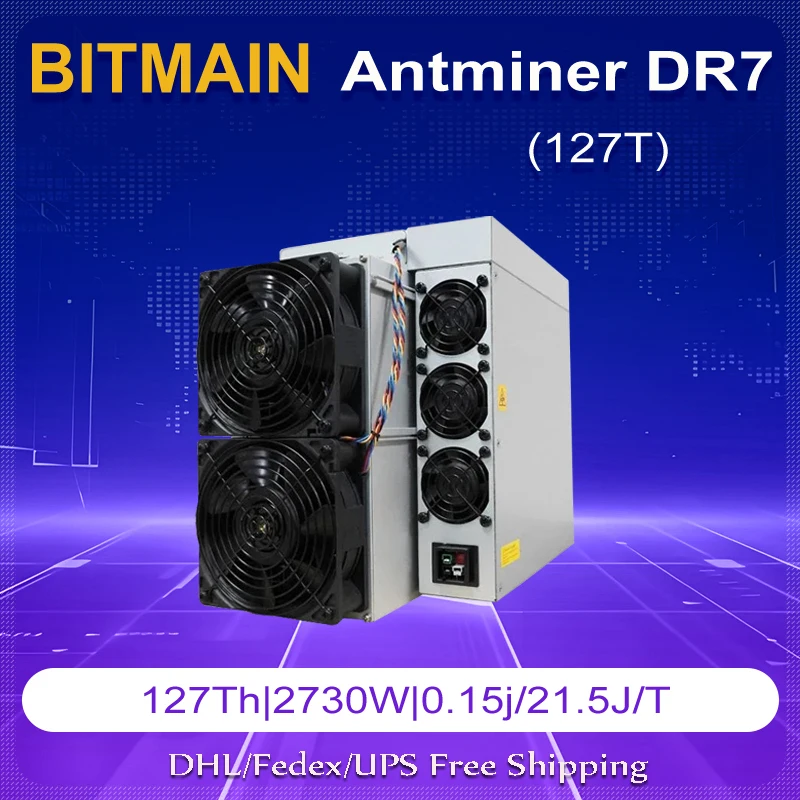How to overclock Antminer DR7 SCP to improve hash rate?
How to Overclock Antminer DR7 SCP to Improve Hash Rate?
The Antminer DR7 SCP has quickly become a favorite among cryptocurrency miners, thanks to its impressive hash rate of 127 TH/s and energy efficiency of 21.5 J/TH. Designed specifically for the Blake256R14 algorithm, this miner is a powerhouse for mining coins like Decred and Siacoin. However, as with any mining hardware, operators are always looking for ways to maximize performance. One of the most discussed methods is overclocking, which can potentially boost the miner’s hash rate and profitability.
In this article, we’ll explore how to safely overclock the Antminer DR7 SCP, the benefits and risks involved, and practical tips to ensure optimal performance. Whether you’re a seasoned mining operator or new to the field, this guide will provide valuable insights into getting the most out of your DR7 SCP.
Understanding the Antminer DR7 SCP
Before diving into overclocking, it’s essential to understand the core features of the Antminer DR7 SCP. This miner is built with industrial-grade components, ensuring durability and reliability in demanding mining environments. Its compact design (430 x 195 x 290mm) makes it space-efficient, while the wide operational temperature range (-20° to 70°C) ensures adaptability in various climates.
The DR7 SCP’s advanced thermal management system, featuring a quad-fan cooling setup, keeps the unit running efficiently even under heavy workloads. Additionally, its power efficiency of 2730W at 21.5 J/TH makes it one of the most cost-effective miners in its class.

These features make the DR7 SCP an excellent candidate for overclocking, as it’s designed to handle high-performance tasks while maintaining stability.

What Is Overclocking, and Why Consider It?
Overclocking involves increasing the operating speed of a device beyond its factory-set specifications. In the context of mining, this means pushing the hash rate higher to solve more blocks and earn more rewards.
For the Antminer DR7 SCP, overclocking can potentially increase the hash rate from 127 TH/s to 140 TH/s or higher, depending on the configuration. This boost can significantly enhance profitability, especially in competitive mining environments.
However, overclocking isn’t without risks. It can lead to increased power consumption, higher temperatures, and potential hardware wear. Therefore, it’s crucial to approach this process methodically and monitor the miner closely to avoid damage.
Step-by-Step Guide to Overclocking the Antminer DR7 SCP
1. Preparation
Before starting, ensure you have the following:
- A stable power supply with sufficient capacity to handle increased power draw.
- Proper cooling infrastructure to manage higher temperatures.
- Access to the miner’s web interface (typically accessible via its IP address).
- A reliable internet connection for monitoring and adjustments.
2. Access the Miner’s Interface
Connect your DR7 SCP to your network and access its web interface by entering the miner’s IP address into your browser. Log in using your credentials (default username and password are usually “root”).
3. Adjust the Frequency and Voltage Settings
Overclocking involves modifying the frequency and voltage settings of the miner’s ASIC chips. Here’s how to do it:

- Navigate to the “Miner Configuration” or “Advanced Settings” section.
- Locate the frequency and voltage controls. The default frequency for the DR7 SCP is set to achieve 127 TH/s.
- Gradually increase the frequency in small increments (e.g., 5 MHz at a time). Be cautious not to push the limits too quickly.
- Monitor the hash rate and stability after each adjustment.
4. Monitor Temperature and Power Consumption
As you increase the frequency, the miner’s temperature and power consumption will rise. Use the interface’s monitoring tools to keep an eye on these metrics. Ensure the temperature stays within safe limits (ideally below 80°C) and that your power supply can handle the increased load.
5. Test Stability
After making adjustments, run the miner for several hours to test its stability. If it crashes or shows errors, reduce the frequency slightly and test again. The goal is to find the optimal balance between performance and stability.
6. Save and Apply Settings
Once you’ve found a stable configuration, save the settings and apply them. Continue monitoring the miner’s performance over the next few days to ensure long-term reliability.
Advantages of Overclocking the DR7 SCP
- Increased Hash Rate: Overclocking can boost the DR7 SCP’s hash rate by 10-15%, leading to higher earnings.
- Maximized ROI: By extracting more performance from the miner, you can shorten the payback period and increase profitability.
- Flexibility: Overclocking allows you to adapt to changing market conditions, such as fluctuations in coin prices or network difficulty.
Risks and Considerations
- Higher Power Consumption: Overclocking increases energy usage, which can offset gains if electricity costs are high.
- Increased Heat Output: The miner’s cooling system must handle higher temperatures to prevent overheating.
- Potential Hardware Wear: Prolonged overclocking may reduce the lifespan of the miner’s components.
Best Practices for Safe Overclocking
- Start Small: Make incremental adjustments to avoid sudden instability.
- Use Quality Power Supplies: Ensure your PSU can handle the increased load without fluctuations.
- Enhance Cooling: Consider adding additional fans or improving ventilation in your mining facility.
- Regular Maintenance: Clean the miner regularly to prevent dust buildup, which can exacerbate heat issues.
Conclusion
Overclocking the Antminer DR7 SCP can be a powerful way to enhance its performance and profitability. By following the steps outlined above and adhering to best practices, you can safely push your miner beyond its factory settings while minimizing risks.

However, it’s essential to weigh the potential gains against the increased costs and risks. For operators with access to affordable electricity and robust cooling solutions, overclocking the DR7 SCP is a viable strategy to stay competitive in the ever-evolving world of cryptocurrency mining.
As always, monitor your miner closely and make adjustments as needed to ensure optimal performance and longevity. Happy mining!